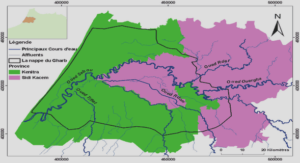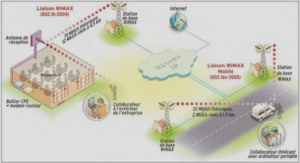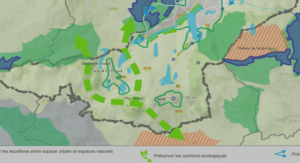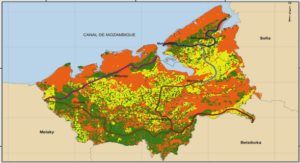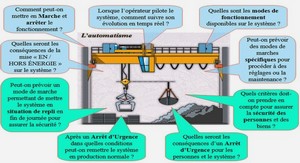Mémoire online utilization of atom transfer radical polymerization for synthesis of graft copolymer of natural rubber and polymethyl methacrylate, tutoriel & rapport PDF.
CHAPTER I: INTRODUCTION
The biomacromolecule cis-1,4-polyisoprene or so called natural rubber (NR) obtained from Hevea brasiliensis has many special properties, including high resilience, strength and fatigue resistance. It has been therefore applied to make various kinds of rubber products such as automotive tires, medical gloves and rubber seals. Nowadays, there is an increase issue concerning environmental awareness, and high price of petroleum oil having been used to produce petroleum based polymer products, therefore NR is attracted by many scientists because it is a renewable resource. Modification of NR into new material having more value added and also to improve some drawbacks of NR such as low heat and ozone resistance as well as poor oil resistance coming from the unsaturated nature and hydrophobic character of NR are very much appreciated. Various chemical modifications of NR reported are epoxidation, hydrogenation and maleinization including degradation and transformation of NR into photosensitive material. In addition, graft copolymerization of methyl methacrylate (MMA) onto NR has long been investigated in order to incorporate the plastic character into the elastomeric material like NR. The first use of poly(methyl methacrylate) grafted on NR or NR-g-PMMA is as a shoe adhesive (trade name: Heaveaplus MG). It was reported that NR-g-PMMA was successfully employed as a compatibiliser in NR and PMMA blend. They noted that the tensile strength, tear strength, and Izod impact strength were strongly improved after addition of the graft copolymer.
In most of the cases, grafting of PMMA on the NR chain was practically done by “grafting from” method which was carried out both in organic solution and water phase medium. The principle method employed involves the use of traditional or conventional radical polymerization. Practically, in the grafting reaction of PMMA on NR by this method can not avoid the formation of homopolymer and sometime crosslinking reaction. It is also happened that this process leads to ill-defined graft chains due to the nature of conventional radical process which includes recombination and disproportionation reaction as well as transfer reaction. These are the drawbacks that limit the area of application of the NR-g-PMMA. In order to achieve a better control and define the graft chain and its length, new method of polymerization named as controlled/living radical polymerization (CRP) has to be considered.
Among the reported CRP methods, atom transfer radical polymerization (ATRP) is recommended as there have been various types of initiating system including different ligands reported in the literatures.
The initiating system of ATRP is the molecule having halogen atoms such as chlorine and bromine atoms. Utilization of ATRP concept for graft copolymerization of MMA on the NR backbone requires suitable halogen atoms on the molecular chain of NR in order that the NR will be able to act as NR macroinitiators. These initiator moieties will be further employed for graft copolymerization of MMA from the carbon active sites prior attachment of halogen atoms. This work therefore involves the study to introduce different types of molecule having bromine atom such as 2bromopropionic acid and 2-bromo-2-methylpropionic acid on the NR backbone prior chemically modified.
The bromoalkyl-functionalized NR will then act as a macroinitiator for graft copolymerization of MMA in the presence of ATRP ingredients including CuBr and some selected amine ligands such as N-(n-octyl)-2pyridylmethanimine, N-(n-octadecyl) 2-pyridylmethanimine and 1,1,4,7,7pentamethyldiethylenetriamine.
However, before studying the preparation of NR-gPMMA using ATRP concept, 4-methyloct-4-ene was synthesized and used as a molecule model of NR to study parameters affecting the fixation of molecule having bromine atom on the model molecule via chemical modification. The modified model molecule acted as ATRP initiating compound was applied for ATRP of MMA. In addition, grafting of PMMA on synthetic cis-1,4 polyisoprene was also investigated using similar concept of model molecule.
All the results obtained were then beneficially applied on the preparation of NR-g-PMMA via ATRP concept for preparation of the well controlled and defined graft copolymer based on NR.
………..

